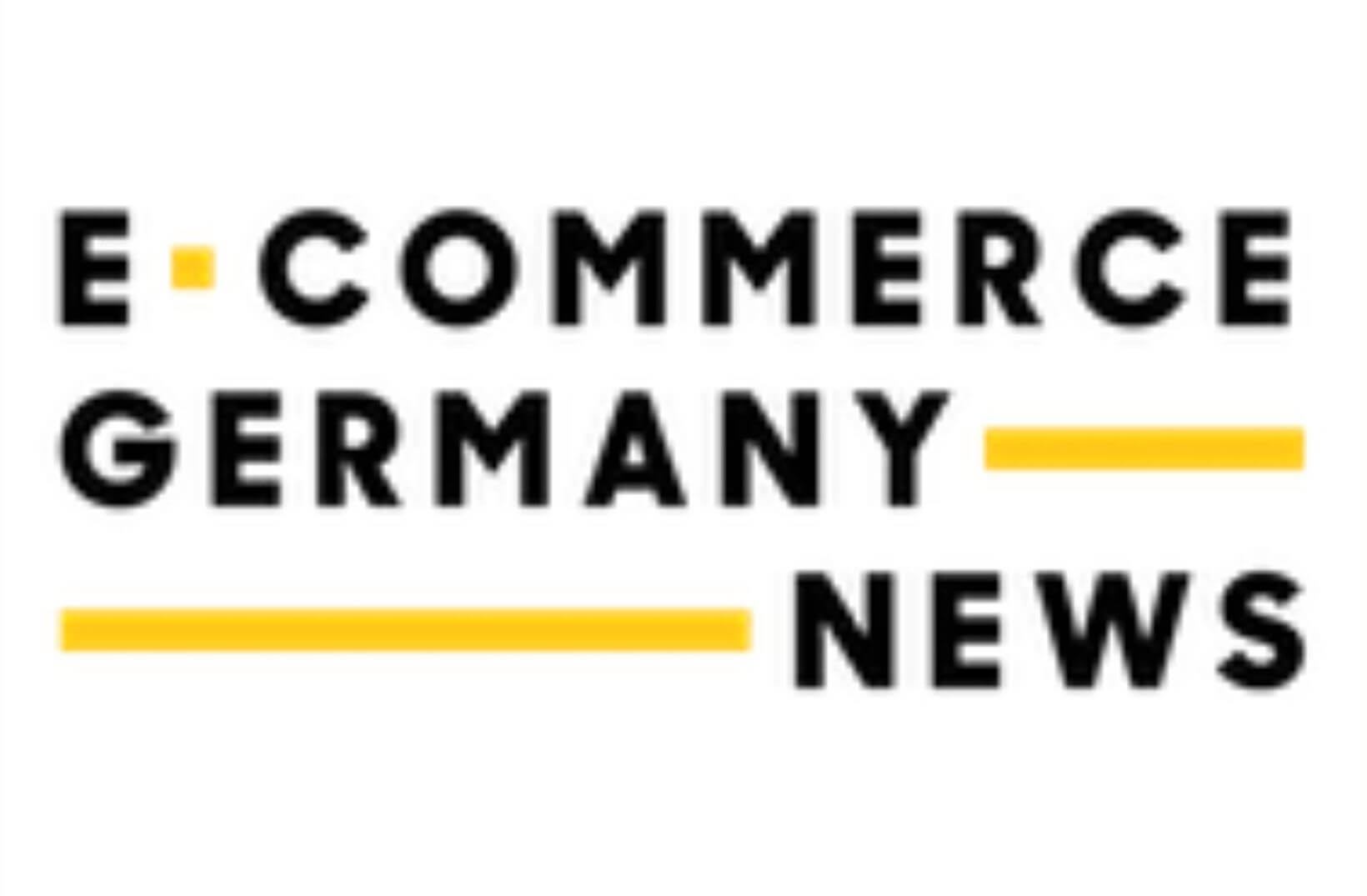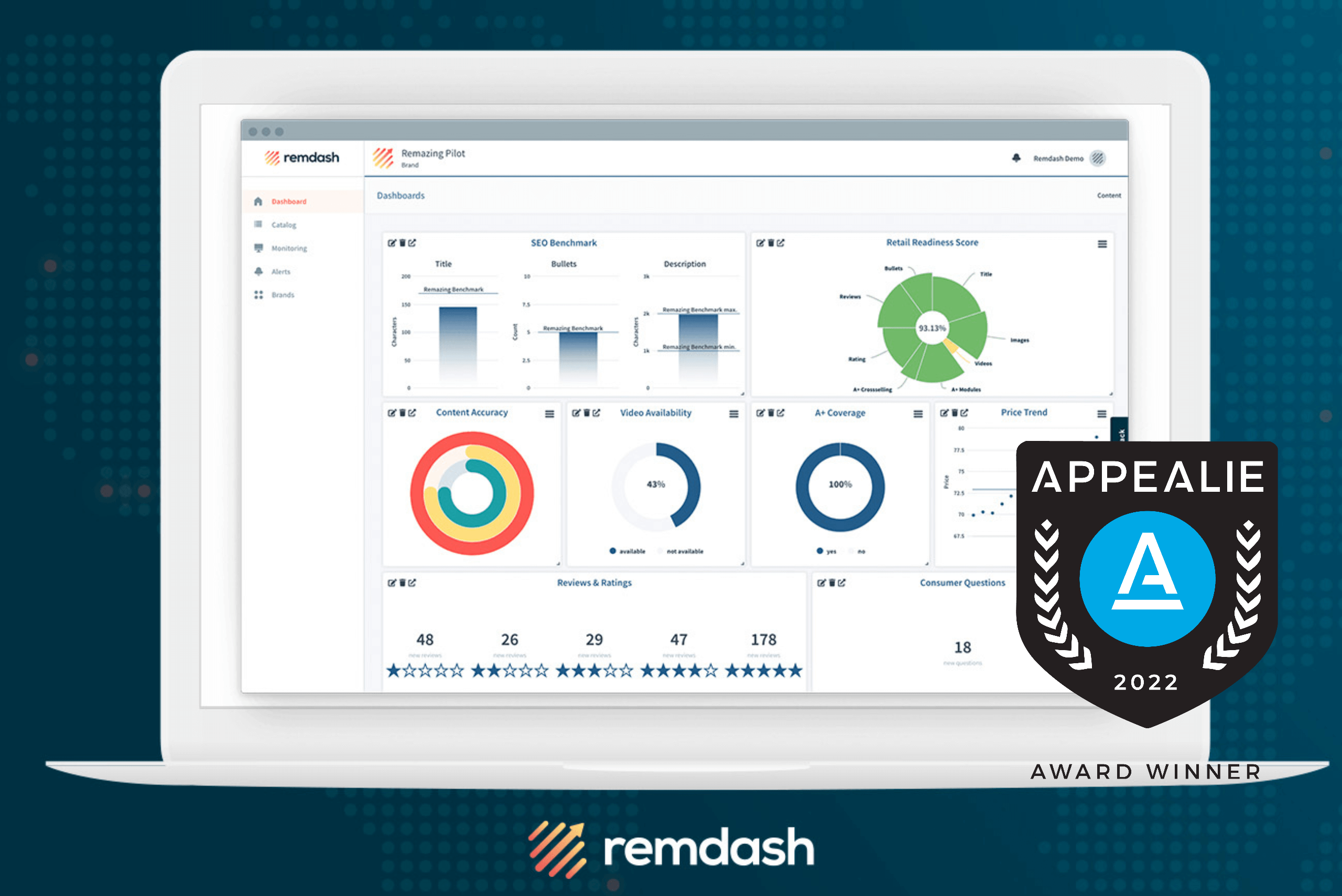
Year in review: How Amazon has evolved in 2020

The year 2020 turned the world upside down in every way. Since the beginning of the Covid pandemic, companies of all sizes have been forced to adapt quickly to the extraordinary external circumstances.
Amazon’s highlights
Since global online trade has grown exponentially due to the Corona pandemic, Amazon has had to react quickly and expand its capacities in order to be able to meet the increased demand of its customers at all. This year, the Seattle-based company has massively increased the number of its warehouses and employees. The company now has more than 1,400 logistics centers and around 1.2 million employees – of which more than 400,000 jobs have only been created since the beginning of the year (as of the beginning of November 2020). This makes Amazon one of the largest private employers worldwide (about 18,000 employees in Germany).
Accordingly, the tailwind for the e-commerce industry has a positive impact on Amazon’s earnings in 2020. After setting a new revenue record in the third quarter ($96.1 billion), analysts expect Amazon to exceed $100 billion in revenue by the end of the year for the first time in its history (between $112-121 billion).
However, in view of its strong growth and the accompanying impact on the environment, the US corporation is also increasingly committed to climate protection. With its “Climate Pledge”, Amazon wants to assume more responsibility for society as a whole and, for example, source its electricity only from renewable energies by 2025.
The launch of Amazon in the Netherlands and Sweden is another Amazon highlight in 2020. Customers in those markets can now order localized products that they could previously only get from other Amazon sites (such as Amazon.de) or entirely different online marketplaces, even if the launch in Sweden did not go entirely smoothly (including translation errors in product descriptions). It will be interesting to observe how the market position will develop in these countries during the next years.
Another important – and long prepared – milestone was finally reached in mid-November when Amazon Pharmacy was launched in the USA. Following the acquisition of PillPack in 2018, Amazon has now officially entered the prescription drug business. This is likely to cause long-term headaches for the established players in the pharmacy industry, in addition to the short-term dips in their share prices. In this respect, the German launch is only a matter of time.
Impact of the Corona pandemic
Despite all the highlights, the review of 2020 from Amazon’s point of view would be anything but complete without also mentioning the negative impact of the global Corona pandemic on the company.
For example, Amazon had to close its warehouses and fulfillment centers there for several weeks at the beginning of the pandemic due to the strict lockdown in France. Likewise, there were protests by logistics workers in some countries, who thus lobbied for increased hygiene protection measures.
Amazon initially responded by prioritizing the sale and delivery of “essential products” worldwide. One direct consequence of this was, among other things, “Fashion Sale Week,” which was intended to enable retailers to still sell off the year’s summer collections. Similarly, deliveries were temporarily postponed for “heavy products” weighing more than 15 kg, as they could only be moved within Amazon’s logistics centers by at least two workers – which was impossible due to the applicable spacing regulations.

Subscribe to our newsletter now and receive regular updates on Amazon and other online marketplaces.
Subscribe to the newsletter now.
On the other hand, certain product categories enjoyed a rapid increase in demand according to Remazing’s Corona study. The share of keywords linked to “toilet paper” was between 40% and 50% of the 10 most-searched keywords on Amazon in Germany for some weeks. Fun Fact in comparison: In the US, the maximum of this share was 20%.
The numerous challenges posed by the pandemic then ultimately led to the annual Prime Day being moved from the summer to October. In France, the popular Black Friday sales were also moved to the beginning of December to give retailers the opportunity to have their goods delivered to Amazon warehouses on time after the difficulties of the previous months.
Increased importance of Amazon Advertising
Amazon has continued to work on its advertising formats this year. At last, products can now also be advertised with videos thanks to “Sponsored Brands Video Ads”. In the US, the retargeting option for Sponsored Display Ads was launched as a kind of “DSP Light”. Likewise, we observe that the importance of Brand Stores continues to grow – in some cases, they were given their own advertising slots on the search results pages at the end of the year.
In addition, numerous functions in targeting and analysis were also improved. Among other things, new features such as “Share of Voice” were introduced, which makes it possible to track the visibility of one’s own ads in the case of Sponsored Brands Ads. In addition, advertisers can now also use negative keywords in auto-campaigns and convert search terms into promoted keywords. Amazon Attribution will allow the performance of other advertising channels to be evaluated in conjunction with Amazon in the future.
At this point, we would also like to mention the “Covid effect” once again: In all campaigns, increased ad sales, RoAS values and conversion rates can be seen this year compared to the period before the pandemic.
Developments in the retail sector
In 2020, the marketplace retailers continued their triumphal march. Third-party sellers now account for almost two-thirds of all sales on Amazon. This development also fueled another trend this year: the US startup Thrasio and its numerous imitators in Germany and Europe. Nearly $1 billion in venture capital was provided to startups (e.g., SellerX, Razor Group, Heroes, and Brands United) by investors to buy up and grow successful FBA sellers in 2020.
There were also some behind-the-scenes innovations for sellers and vendors. After a long wait, the analytics capabilities of “Brand Analytics” were made available to Vendors in April. Amazon Retail Analytics Premium (ARAP), which brand companies still had to pay dearly for, is now a thing of the past. The free Brand Analytics opens up new possibilities: Sellers can enjoy being able to track Glance Views, Conversion Rates and other metrics of their products. There was another nice update for international sellers. Reviews from different countries were merged via “Global Reviews”, which led to an upswing in the number of product reviews.
As a conclusion, therefore, we can say: After a turbulent period that forced Amazon and all companies active on its marketplace to react and adapt quickly, the end of the year is likely to see fabulous growth. Even in the final weeks of the year, merchants on Amazon should once again benefit greatly from its advantageous position over brick-and-mortar retailers. If the restrictions of the Corona pandemic ease in the coming year, growth could be reduced. However, it must be assumed that the world’s largest online marketplace will not relinquish the shares it has gained.
This article has first been published on internetworld.de.
Are you interested in an expert analysis of your Amazon account?
Request free analysisRelated articles
Remazing GmbH
Brandstwiete 1
20457 Hamburg
©Remazing GmbH



